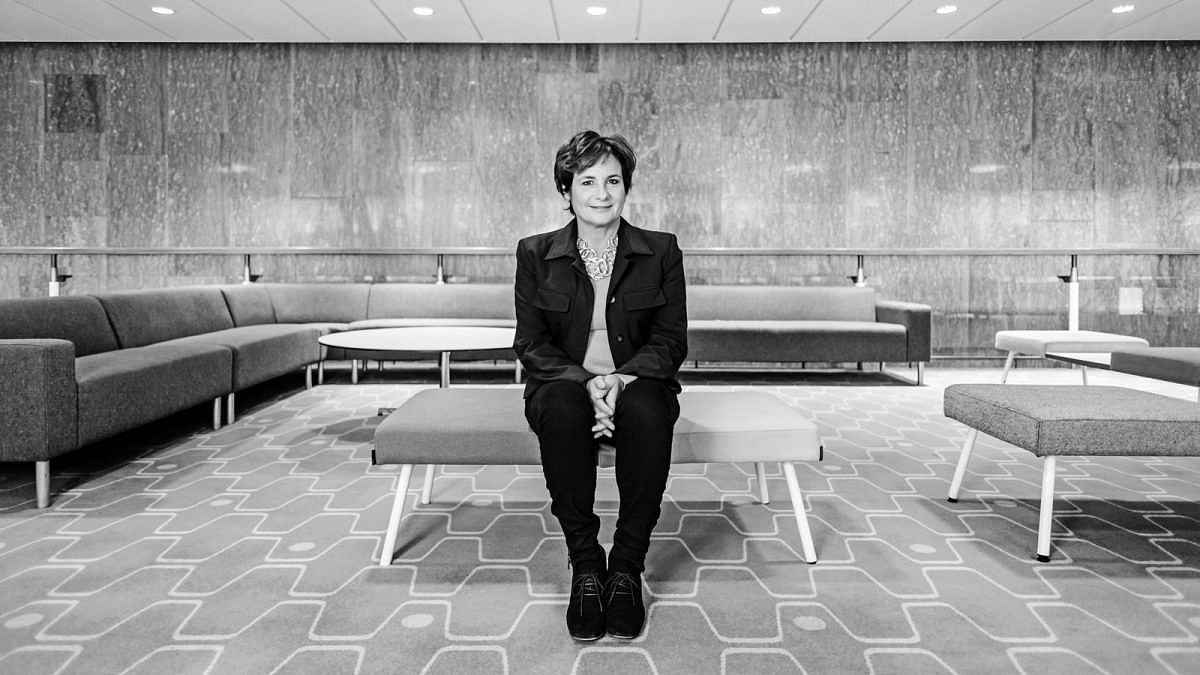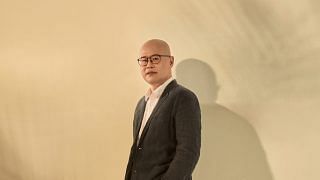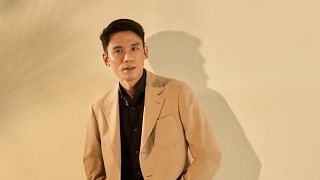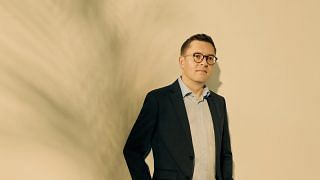What makes a hit TV show such as Top Gear, The X Factor and Britain’s Got Talent? How does a show transcend the small screen to become part of the cultural conversation? Elaine Bedell, who commissioned and produced all three shows, thought she knew the answers until 2011 when she worked with American Idol’s Simon Cowell to create a TV show they were sure would be a worldwide success.
Back then, Ms Bedell was director of entertainment & comedy of ITV, the UK’s No. 2 broadcaster after the BBC. Their new game show got contestants to guess roulette-style “Red or Black”, which was the show’s title. But despite the budget of £15 million (the highest in game show history) and involvement of celebs from Ant & Dec to One Direction, the show tanked.
The reason? Ms Bedell thinks the audience didn’t like the idea of contestants winning or losing by pure luck, instead of some form of expertise – a response none of the producers anticipated. When it comes to entertainment, one does one’s best to deliver an excellent production, but it’s the audience who has the last word, says Ms Bedell. She accepted defeat and continued to refine her strategies for creating great art and entertainment events.
(Related: Jereme Leung: “Chinese cuisine has a marketing problem”)
Today, Ms Bedell is the Chief Executive of London’s Southbank Centre, the largest arts centre in Europe. She is the first woman to head the 66-year-old institution which occupies 17 acres along the River Thames. And already she’s carried out bold moves such as appointing the trailblazing artist of colour Madani Younis as Southbank’s creative director, and expanding Southbank Skate Space to accommodate skateboarders, BMXers, street dancers and graffiti artists.
Southbank Centre is home to venerable institutions such as the Royal Festival Hall, the Queen Elizabeth Hall, Purcell Room, National Poetry library and Hayward Gallery. But Ms Bedell chooses to embrace both high and low culture, believing that culture is alive, changing and always reflective of larger social forces. She was recently in Singapore for the Global Cultural Districts Network’s annual convening.
(Related: Meet Singapore’s sneaker king)
How do you keep live entertainment fresh and relevant for a very distracted audience today?
It’s really important to be inclusive and attract the widest number of people. And that means diverse audiences, audiences from lower socio-economic backgrounds, and audiences who make up what we call in England “the 52 percent who voted Brexit” – because most people working in the arts did not vote that way. What that also means is delivering popular mainstream entertainment that would appeal to the young and old from all backgrounds. In short, art for everybody… I’m optimistic about the future of live entertainment, because I think at a time when everybody is hooked to their screens and devices, which are never going to go away, we are ultimately social animals and respond well to experiencing things together as a community. And I think that sense of community is going to become ever more important as we become increasingly isolated because of our devices. These moments of bringing people together in large numbers are going to become very, very precious.
The arts experience is still seen by some as a niche and exclusive experience, something complex that needs to be unpacked for the layman. How do you draw an audience to an arts experience?
I think it depends how you define the arts. Precisely as your question suggests, we think that art has to be an exam. That it has to be difficult in order for it to be good. That if it is popular, it is not art. But actually to achieve something that attracts huge audiences, something which is popular, is incredibly hard to do. I come from the world of TV where I was very involved in popular entertainment and it is incredibly difficult to get those shows right. And that is why they don’t happen often. I helped to produce The X-Factor and Britain’s Got Talent and we shouldn’t just write those off as somehow not artistic achievements because in fact they are. And so I aim at the Southbank Centre to offer a broad range of what I call art. And I’m not afraid of art being entertaining. The tendency to draw a sort of distinction between art and entertainment is something I don’t agree with. I think those lines can be crossed.
(Related: The ART PODium held its first visual art celebration at The Arts House)
How then do you get these shows “right”, as you say? How do you draw those huge numbers? Do you rely on a formula, data, audience previews and feedback, etc?
There isn’t a formula though people often think there is. If there were, there would be far more of these hits. But we shouldn’t have so little faith in the audience. They are discerning. They’re not going to come to something which is a pale copy of something else. They want something original. And when they find it, they will come back to it again and again. Shows which are incredibly successful are qualitatively well-conceived and well-executed. What makes them irresistible and attract large numbers of people will be different in each case. Sometimes we put on shows which we passionately believe in and work hard at, and for some reason audiences don’t come to them because it simply isn’t a science. It’s an art. There isn’t some algorithm you can follow that gives you a successful show. But the show must at least be well-made, has an intrinsically attractive idea, and resonate with the audience. As for the data, you ignore it at your peril. I came from a TV network which was entirely commercial and relied on advertising revenue, and advertisers need to know the sort of audience who are likely to come to the show in order to work out if they should advertise. Since I joined Southbank Centre, I’ve beefed up our data collection expertise to help figure out how we can create better programmes and expand our audience base.
What are some of the significant programming challenges you face? Statistically speaking, for instance, the classical music audience is getting older, and it’s hard to get the younger generation interested…
I used to work at public radio and at the BBC and there’s a speech radio network called Radio 4. And the joke was always that people grow into Radio 4. So by the time you’re sort of in your forties, you start listening to it and then by the time you’re in your 50s, you can get addicted to it because all the programmes are so relevant. So I think there’s an element of that. I think people do perhaps appreciate classical music as they get older. At the same time I do think now some orchestras and composers are incredibly good at attracting different kinds of audiences. We’ve worked with an orchestra in the UK called the Aurora Orchestra, and they often play standing up, from memory and without their music sheets. Sometimes they play in the dark or by candlelight, sometimes they have a digital projection behind them. And they’ve been successful in attracting new listeners… It’s always important to be aware of disruptions and see how we can adopt new digital and interactive strategies while still coming together as one big audience.
Photo: Southbank Centre
This article was originally published in The Business Times.









